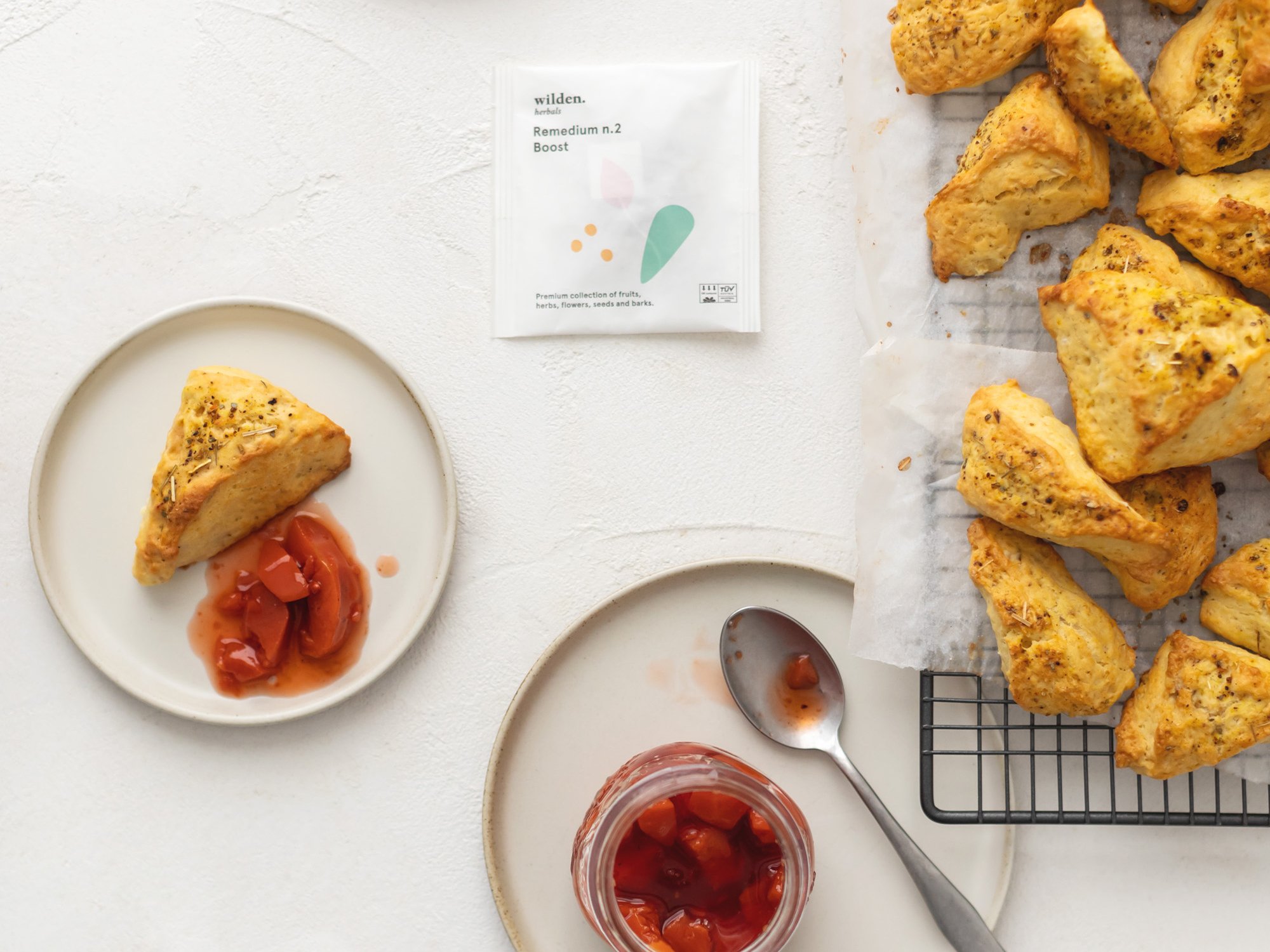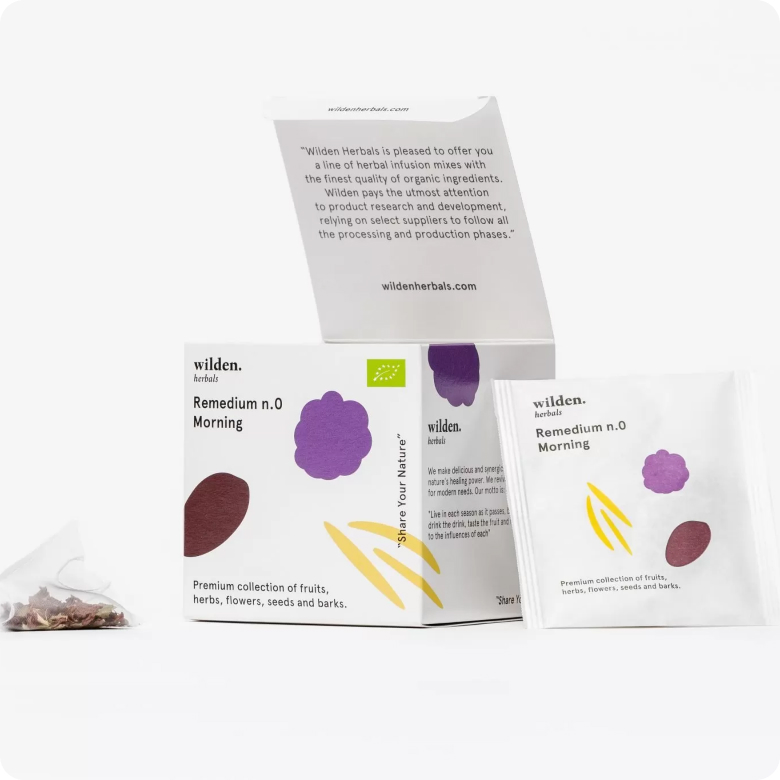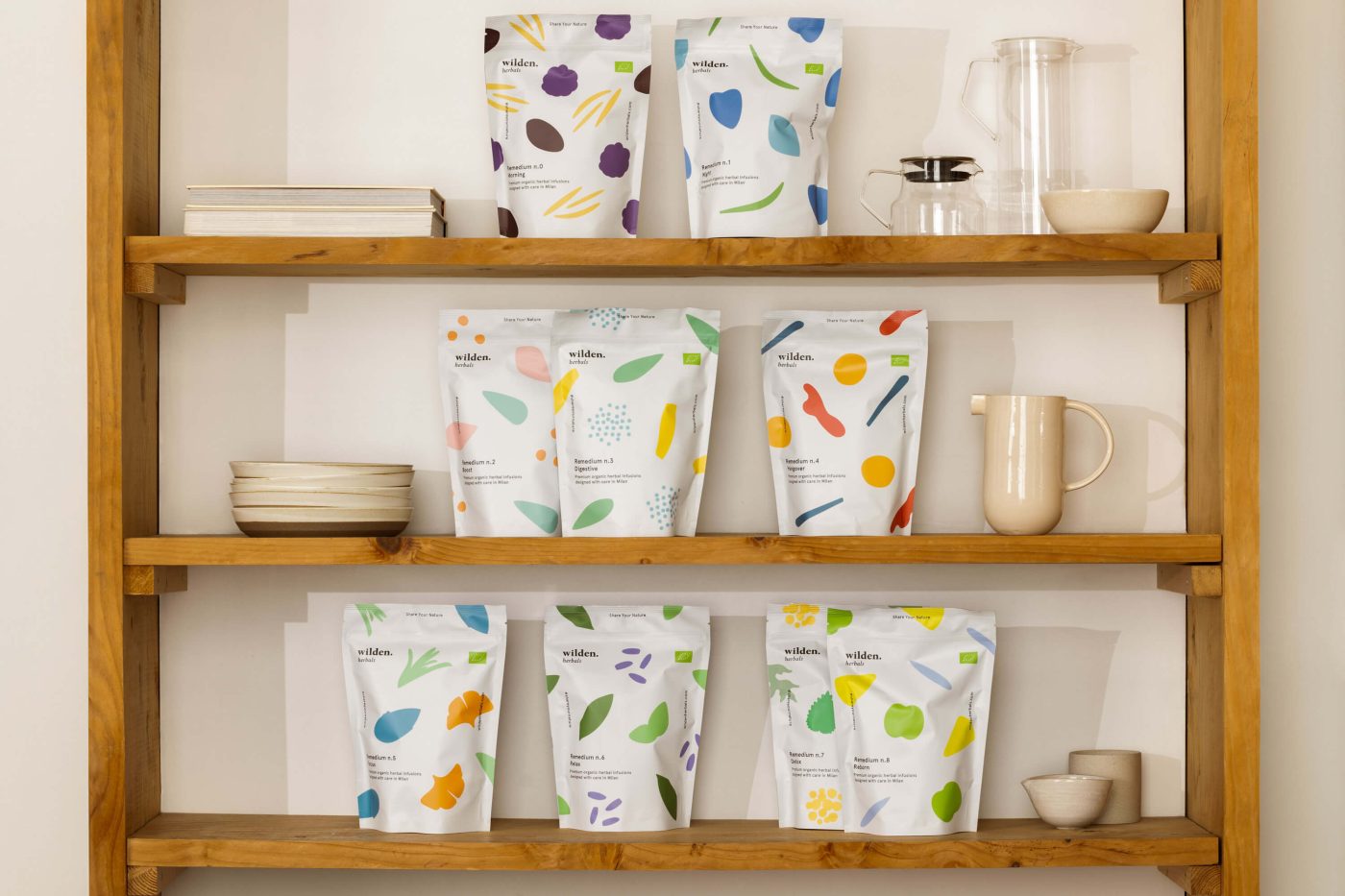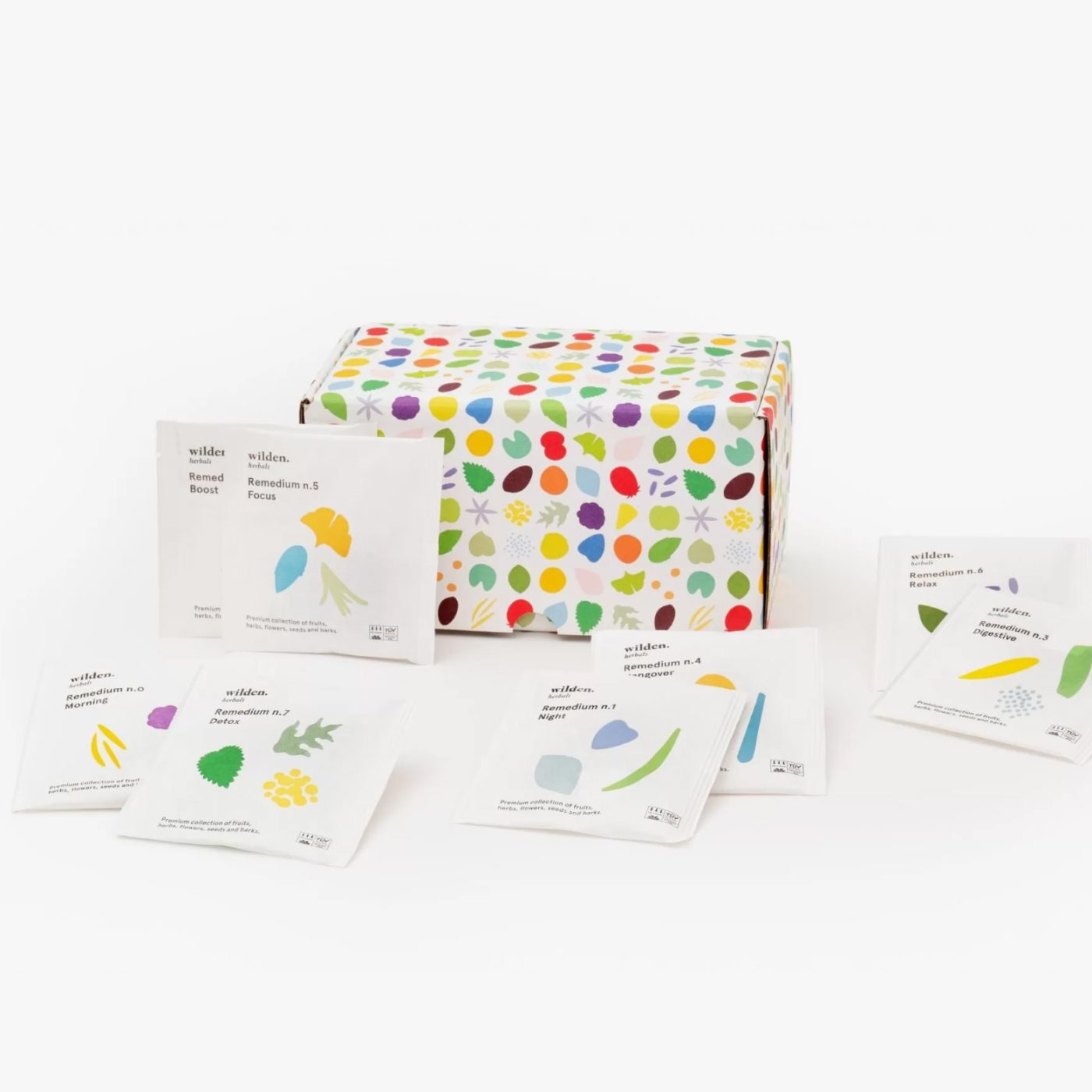The fabulous world of drying
How drying came about and what it is used for: a small guide to the basic steps for a home drying.
We hear more and more often about drying food products, useful in the kitchen and to populate the pantry.
Today, drying is also becoming more widespread in the home, thanks to ad hoc tools such as small dryers, capable of completing in a reasonable time an age-old process, already in vogue among our grandparents, who knew about preserves as a source of winter livelihood.
But what is drying and how does a desiccator work? What can be dried and what are the nutritional benefits of a dried food? Simply put, why should we dry? Let’s start with the basics.
Drying (or desiccation) is a food preservation practice that has been refined in cooking around the world in recent years. The Latin verb from which it is derived is exsiccare, composed of ex and siccare, where siccus indicates something dry and arid.
Its history is lost in the mists of time, and the first ever method of drying it is the sun. The ancient Egyptians were masters of this technique, and as early as around 2800 B.C. they were drying fresh and in-shell fruits such as apricots, figs, and almonds.
From a physical point of view, this is a truly complex process, in which it is necessary for the water in the food to be dried to evaporate, but not completely, and to do so there must be latent heat to allow the water to evaporate (a desiccant). Thermodynamics comes to our rescue by explaining that heat passes from one body to the other only if there is a temperature difference between the two bodies, which translated means: the body giving up heat (the food) must have a higher temperature than the body receiving the heat (the air). Crucially, therefore, the drying air must have a higher temperature than the surface temperature of the product, allowing the water to evaporate.
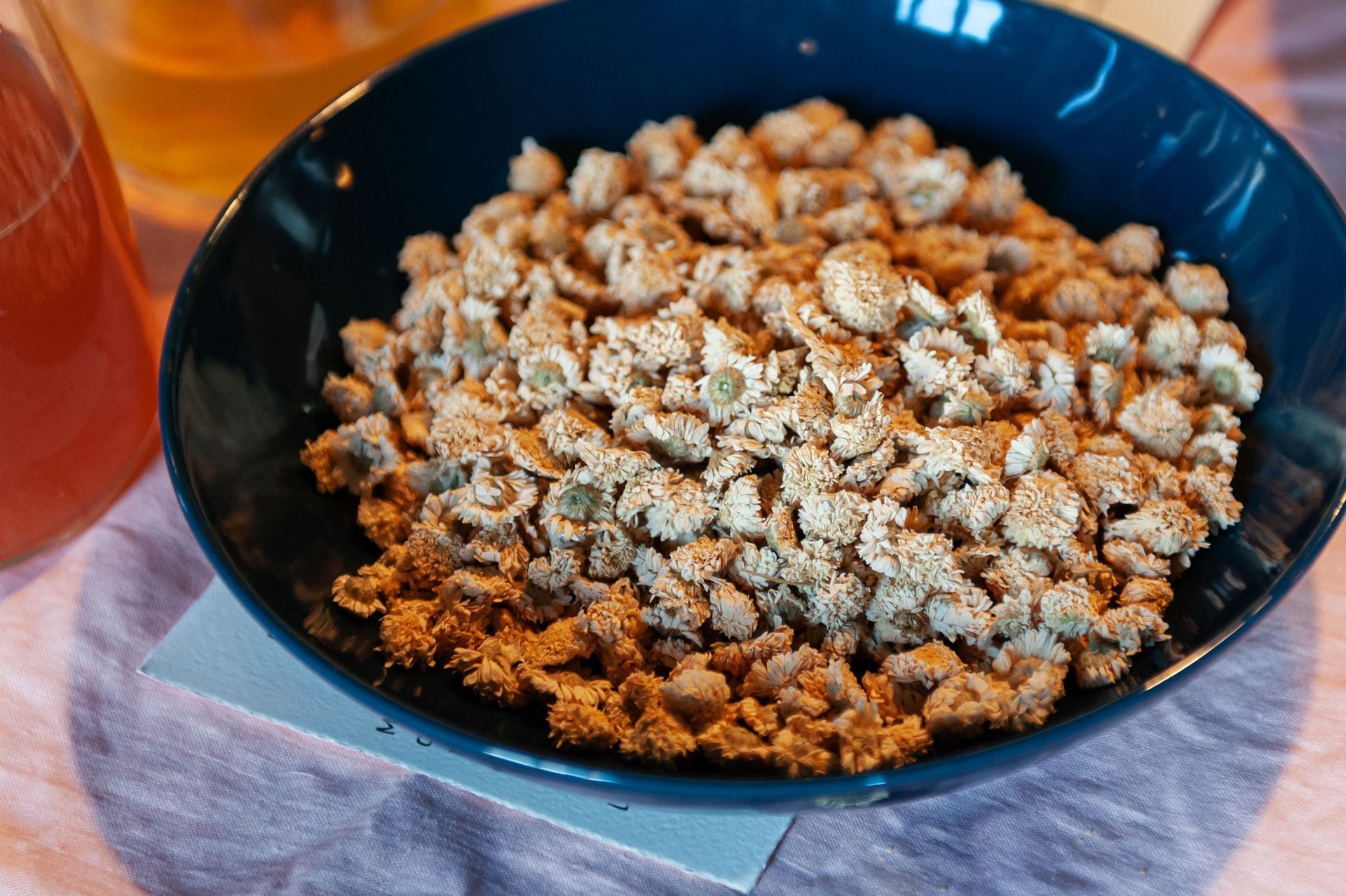
All clear so far? Let’s add one more passage.
An essential condition for successful drying is that the air-which receives and thus absorbs the water contained in the product-is low in humidity. Its relative humidity must therefore be lower than the relative humidity of the product. The less humid the air, the greater its drying potential.
Drying: the percentage of water
When we talk about drying it is good to remember that the amount of water removed from the product does not have to be total. In fact, based on the percentage of water removed we will obtain apparently dry foods with structural characteristics that will vary depending on the raw material and type of dehydration used e.g., pasta, apricots, etc. will be rigid and plastic, respectively, while on the other hand we will call dried foods such as mushrooms or powdered foods such as soluble coffee and tea crumbly.
Dryer: here’s what it’s for
The first industrial dryer, used to dry fruits and vegetables, dates back to the late 1700s and was developed in France, while we have to wait until the 20th century for a scaled-up development of drying to replace sun drying. Today there are many dryers on the market and they have reached low costs. What is the advantage of drying at home and not en-plein-air as our grandparents did? Warm air drying allows organoleptic and nutritional components to remain intact, without having to add any additives to facilitate preservation. Vitamins, minerals and full flavor, in short.
What can be dried and how
All or most foods can be dried. The important thing is the preparation of the foods before drying them. Therefore, free rein to your imagination, which will allow you to have healthy snacks, powders to enrich your dishes and dried foods that you can decline as you see fit in the kitchen.
Prefer fresh produce, trying to avoid those that have already been sitting in the refrigerator for a few days. A key step is-after washing the food in question, such as apples-to peel off the skin, as this is the part of the fruit that is least permeable to water and therefore hinders its removal the most.
Then do not forget to always work on a clean surface. Then proceed to cut the fruit into slices a few millimeters thick (as the thickness increases, the difficulty of drying increases). In the case of foods with high enzyme activity, i.e. rapid imbrutition, try to reduce the working time. Once dried, foods store perfectly well in airtight containers such as glass jars. Finally, it is crucial to prevent air from entering the container and thus altering the state of the product, so close the jar quickly, keeping it away from light and heat sources.
Wilden. herbals and drying
All the plants that we of Wilden. herbals we use in the development of our infusions are dried in herbal tea blends by reliable and shrewd suppliers. Drying is essential in order to preserve the organoleptic and sensory qualities of each medicinal herb that goes into making up our herbal teas. After drying, they are fragmented into small pieces to allow for better infusion. Drying is therefore fundamental for us, because it allows us to produce, by sublimating the herbs, our herbal teas.
Drying is thus an ancient technique, perfected and repurposed for the hectic contemporary times we live in, making it possible to rediscover a slowness that goes hand in hand with what we eat, naturally.
Drying for us at Wilden. herbals is not just an exercise in style. It is promoting and encouraging a healthy lifestyle that can indulge in seasonal produce without sacrificing taste and nutrition. Any time of the year.

